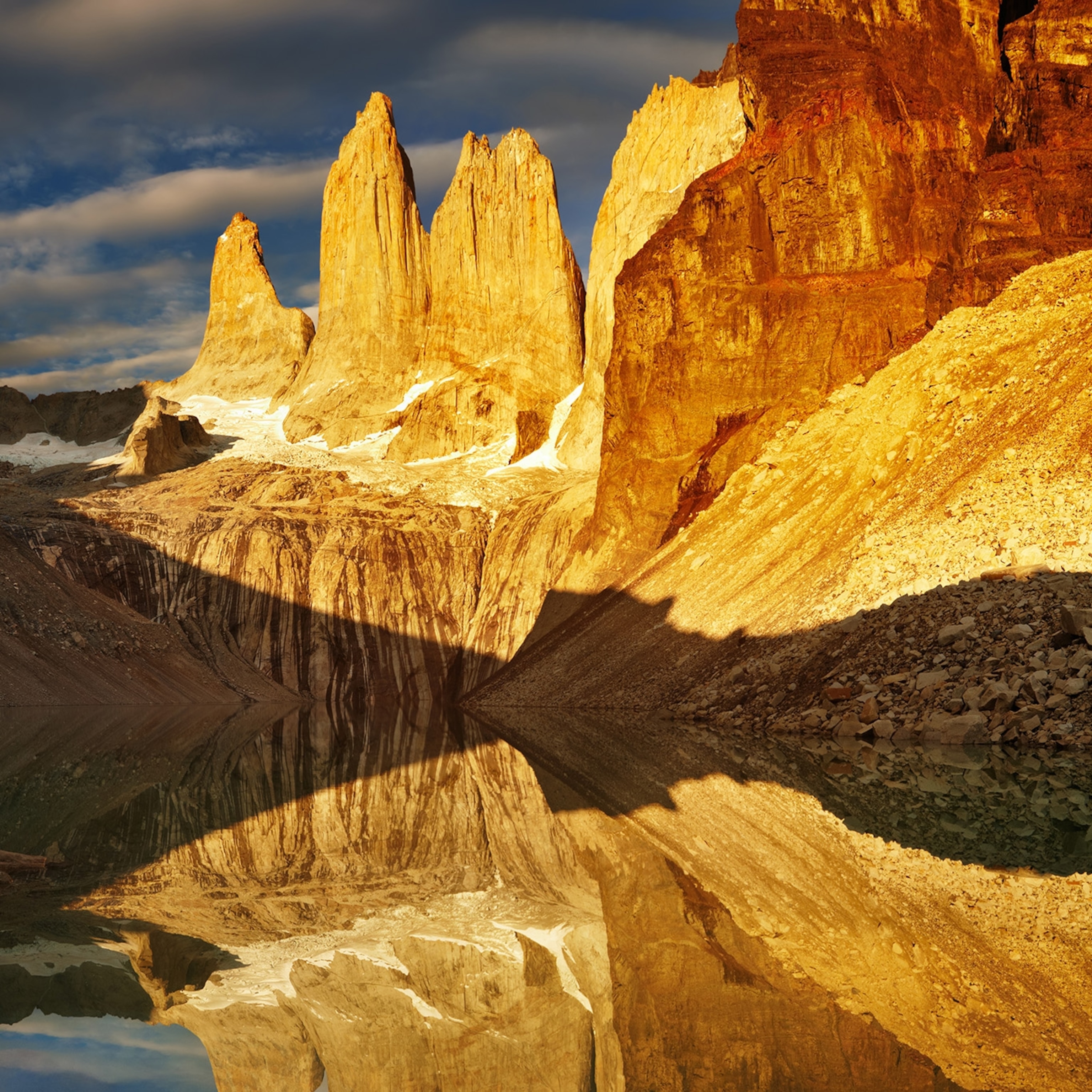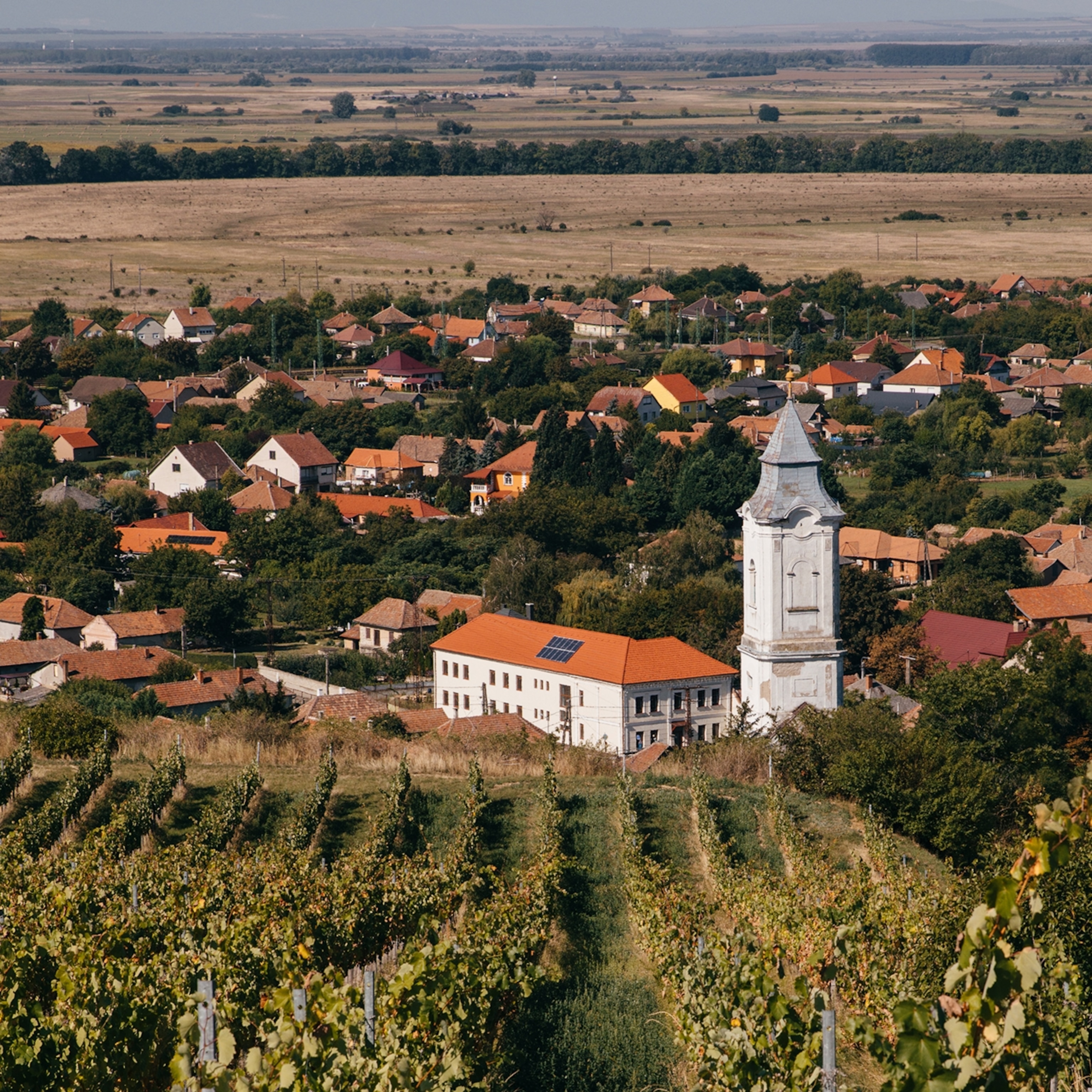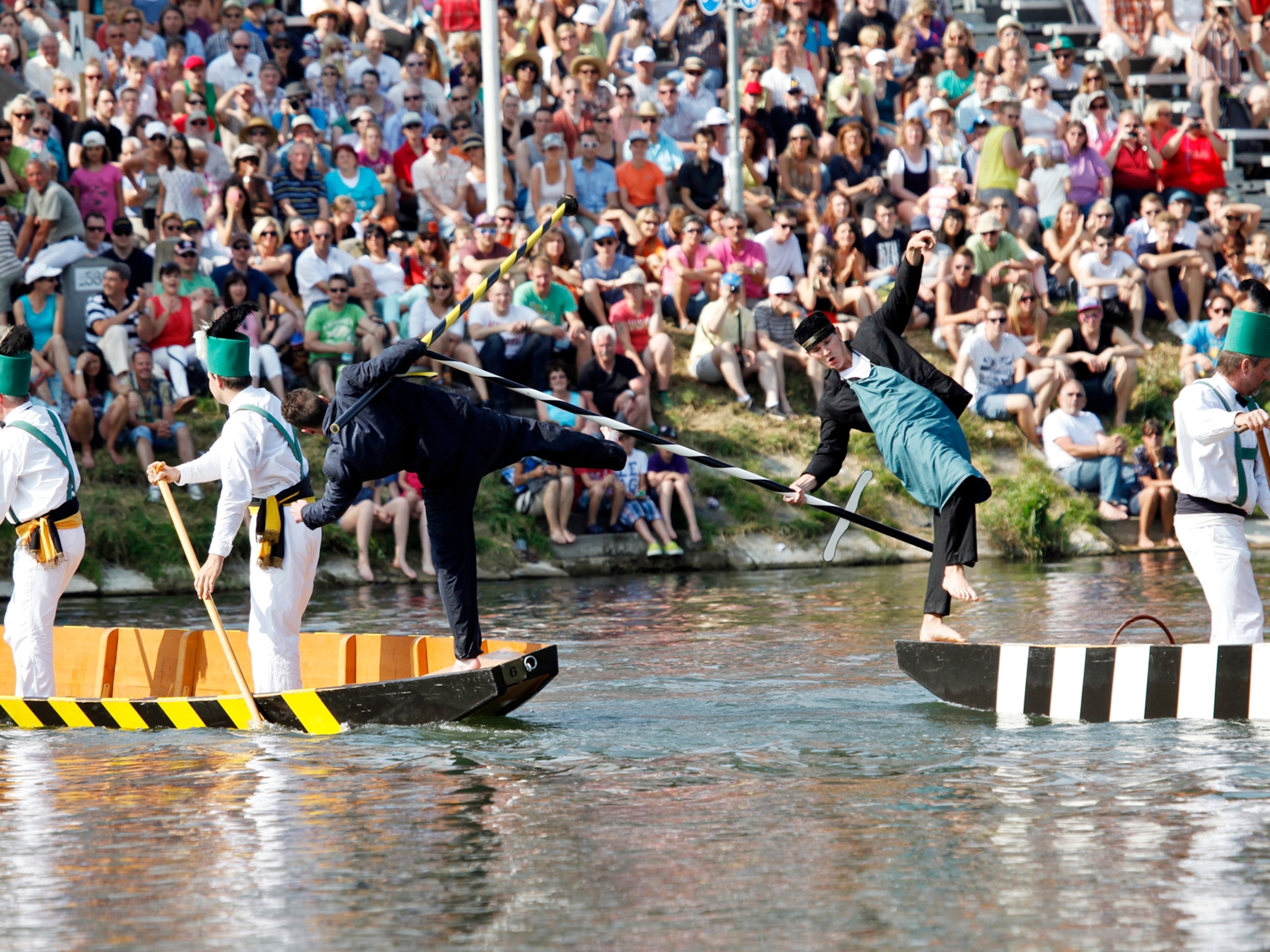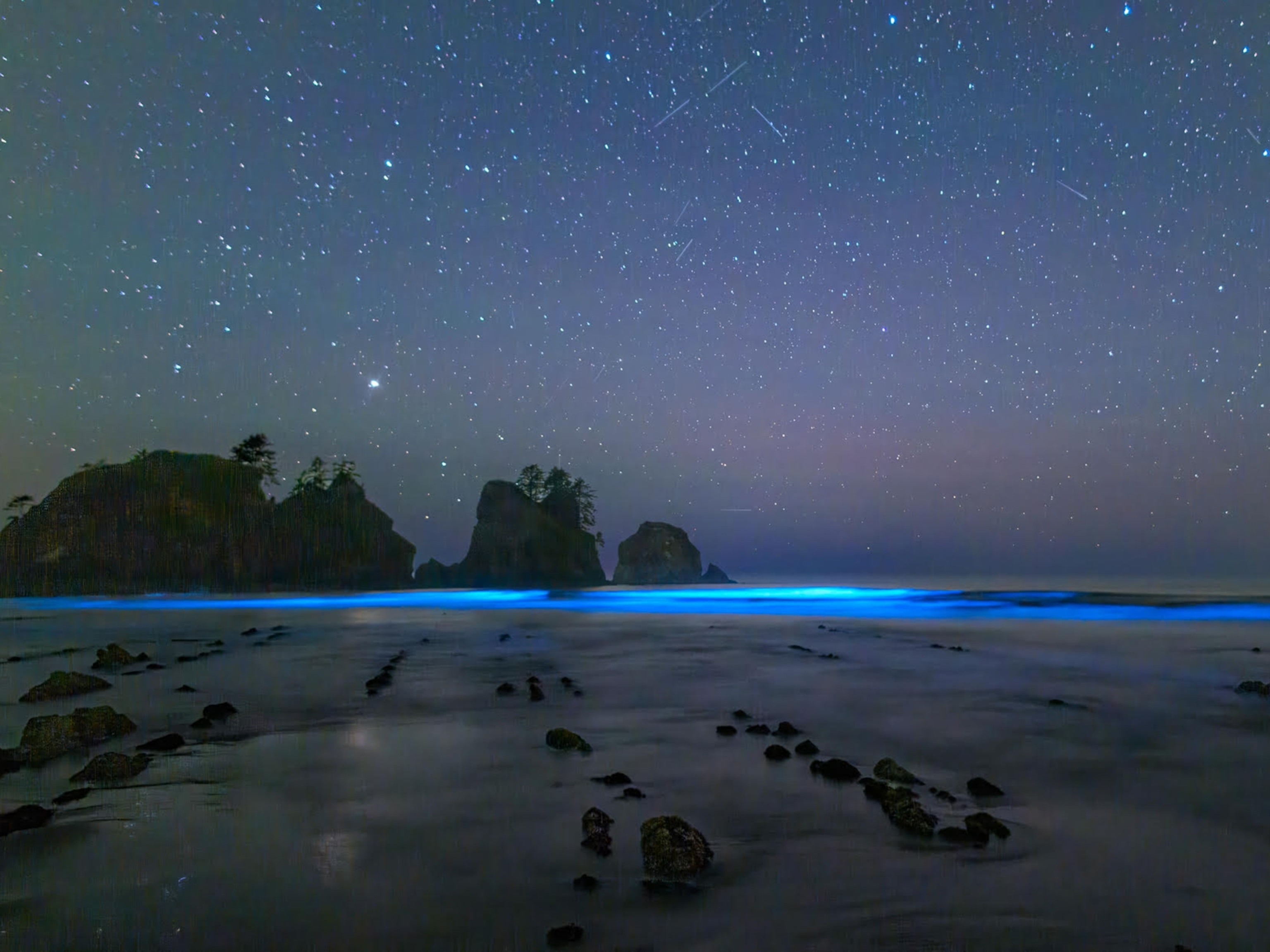
These eight destinations reveal Germany’s extraordinary untouched wilderness
From windswept moors to mountain pastures, these areas are both wild and wonderful. Here’s how to best embrace Germany’s nature and experience eight of the most beautiful.
Germany may be popular for its urban offerings, but it’s also home to three UNESCO Natural World Heritage sites, 16 UNESCO Biosphere Reserves, 16 national parks and 106 nature reserves. Its natural landscapes and conservation areas include tidal flats and pristine beaches, thick forests and rugged rock formations, wild moorland and lush mountain pastures, with each particular habitat enabling unique flora and endangered fauna to thrive. What’s more, experiencing these wild places in a way that doesn’t negatively impact the environment has never been easier. Opt to stay in one of the numerous eco-friendly lodges serving farm-to-fork cuisine, and set out to discover the parks by bicycle, which are often free to use. Here’s what eight of Germany’s wildest areas have to offer, from family-friendly travel and winter sports to cultural traditions and delicious food.
(Saxon Switzerland National Park, Germany)
1. Hainich National Park
A former restricted military zone and the largest unbroken area of mixed deciduous forest in Europe, this UNESCO World Heritage Site is known for its ancient beech woodland, which lay undisturbed by human for decades, and can be explored all year round. In spring, hike the well-signposted trails through carpets of flowers; in winter, take a sleigh ride through the snow. Keep an eye out for foxes and roe deer as you go, or visit the wildcats and lynxes at the Hütscheroda Wildcat Village. Take to the 80ft-high canopy walk to see it all from above.
Insider Tip: The Hainich National Park offers numerous wheelchair-accessible paths, which are also convenient for parents with young children and prams. Horse-drawn carriage rides around the park are also available.
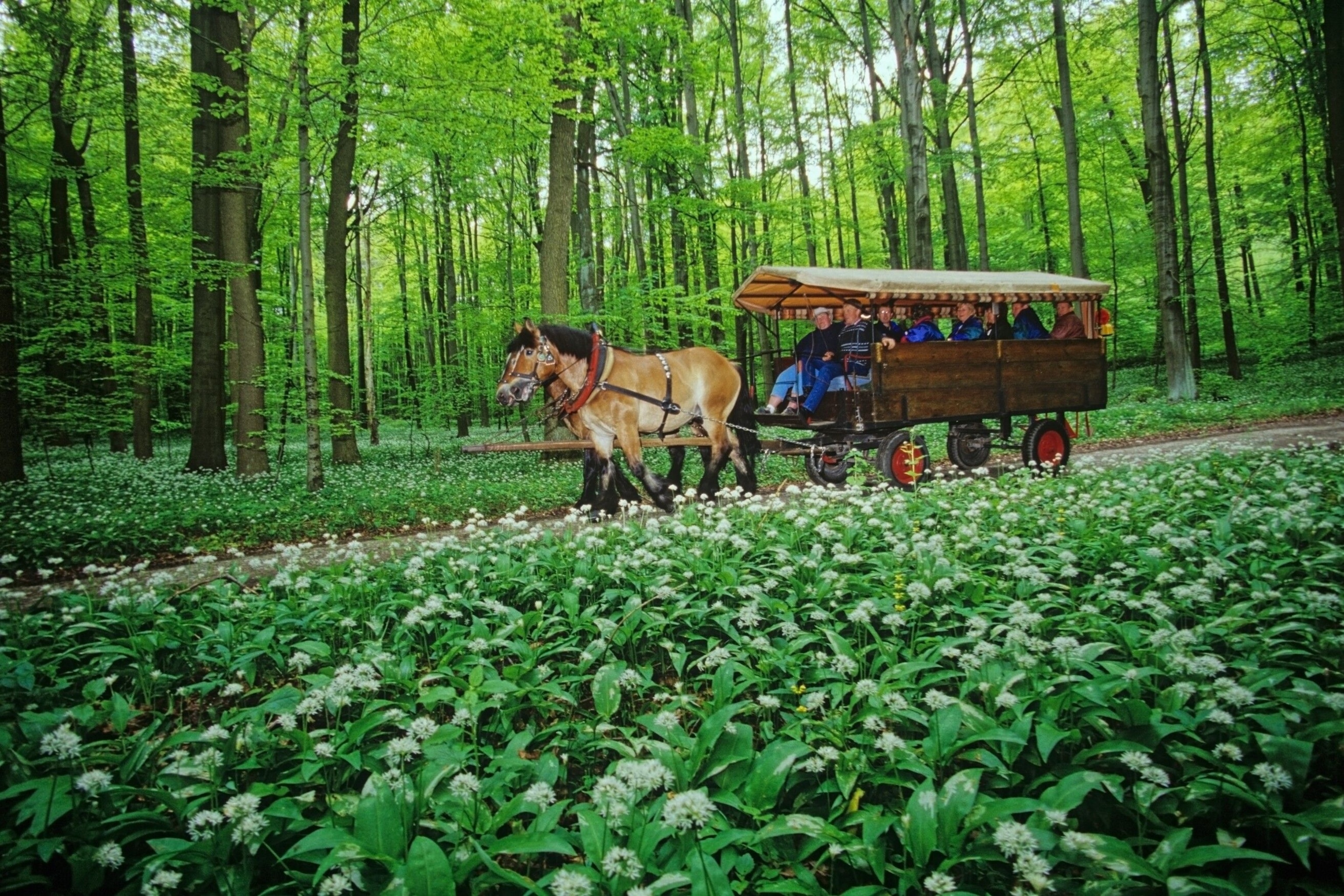
2. Saxon Switzerland National Park
It’s a short train ride and ferry hop from Dresden to the Elbe Sandstone Mountains in Saxon Switzerland National Park, where you can attend a performance at the Felsenbühne Rathen open-air theatre, admire one of 1,000 free-standing sandstone peaks or hike the Painter’s Way trail. Alternatively, stand at the end of the sandstone bridge, which reaches the spectacular Bastei rock formation — the most popular highlight of this area, from which you can enjoy panoramic views of towering rocks, Festung Königstein (Europe’s largest hilltop fortification) and the River Elbe. A distinctive table mountain, Lilienstein is a more unusual landmark in this national park, and climbing this colossus is an exhausting but rewarding hike.
Insider Tip: The Elbe Cycling Path is over 745 miles long, but the section in Saxon Switzerland is one of the most scenic. Pedal comfortably from the picture-perfect village of Schmilka to Pirna, a relatively flat and nicely paved stretch of the route.
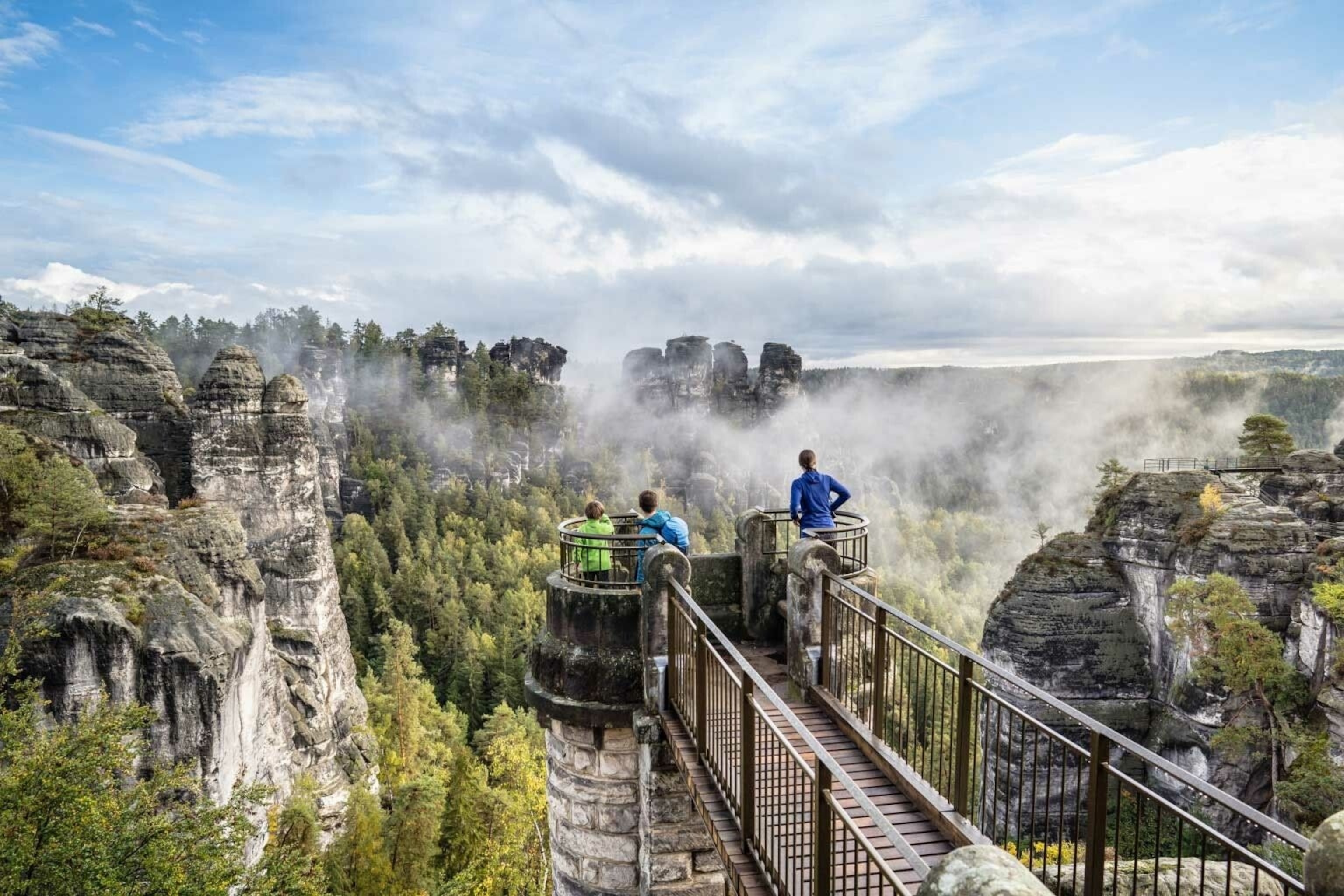
3. Thuringian Forest and Rennsteig Trail
Germany’s oldest hiking trail, the 700-year-old Rennsteig runs along the main ridge of the Thuringian Forest mountains, passing through the UNESCO Biosphere Reserve Thuringian Forest and criss-crossing Germany’s former East/West border on its last leg. As you hike through thick forests, blooming mountain meadows and wonderful outlooks, keep an eye out for birdlife, including black storks and black woodpeckers. The Thuringian Mountain Railway and the Schwarza Valley line offer further opportunities for enjoying the scenery; local cultural highlights include the 900-year-old Wartburg Castle and Saalfeld’s colourful fairy grottoes, while the Schwarza valley is famous for its medical herb tradition.
Insider Tip: Try the legendary Original Thuringian Bratwurst, the oldest known recipe dates from 1613 and is kept in the State Archive in Weimar.
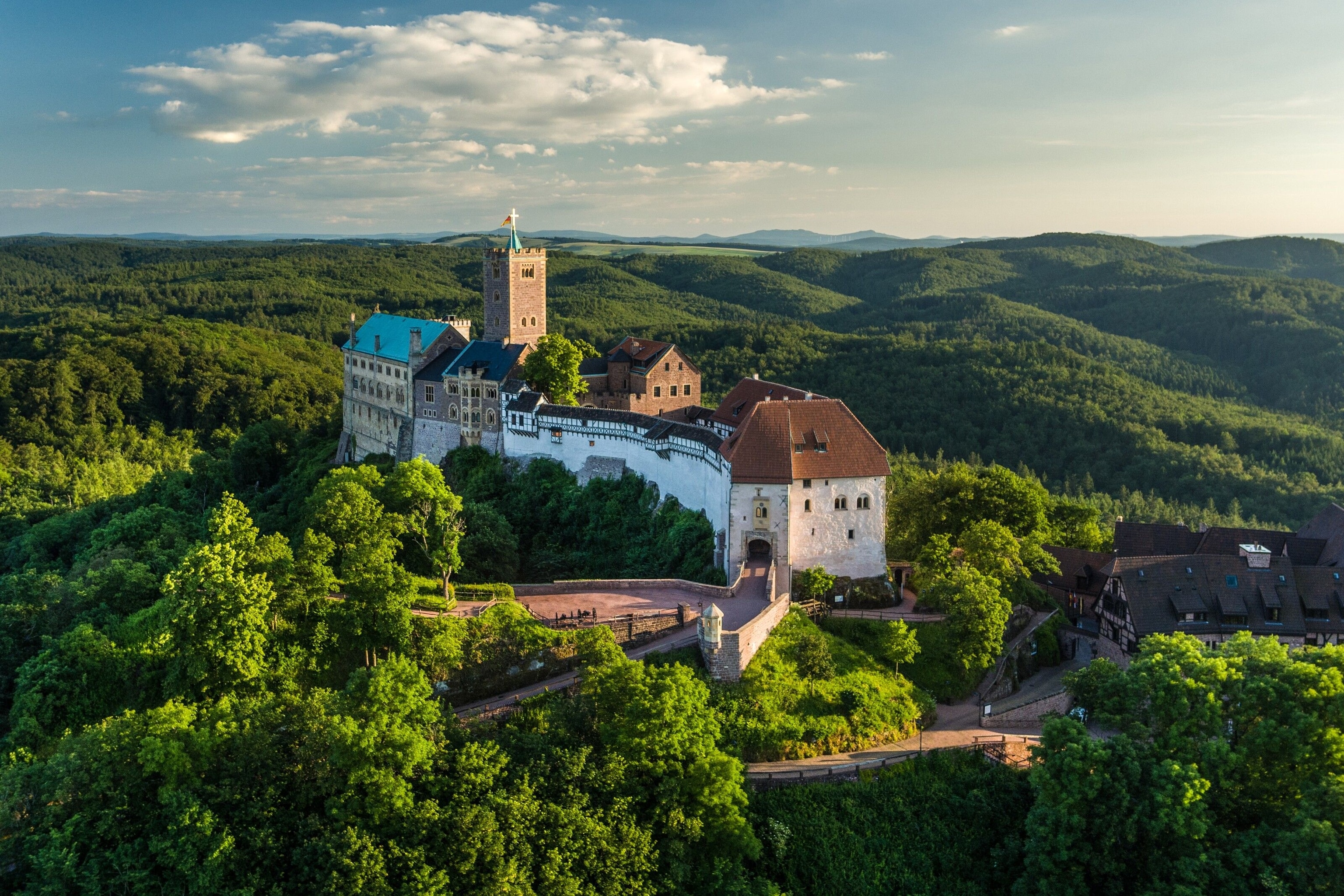
4. Ore Mountains and Vogtland Nature Park
The Ore Mountains and Vogtland Nature Park on the Czech border are rich in rare plants and wildlife and home to a fascinating 800-year-old mining culture. Choose from more than 100 miles of hiking trails and summit the two peaks of Fichtelberg Mountain before gliding back down on the world’s longest zip wire, or enjoying a more leisurely steam-train ride on one of the country’s oldest narrow-gauge railways. The region is known for its hand-carved Christmas decorations and heart-warming festive traditions like the miners' parade, where locals march through the streets to music wearing traditional miners' uniforms.
Insider Tip: Dive deep into the region's mining history and visit one of the show mines at Annaberg-Buchholz, Freiberg or Altenberg.
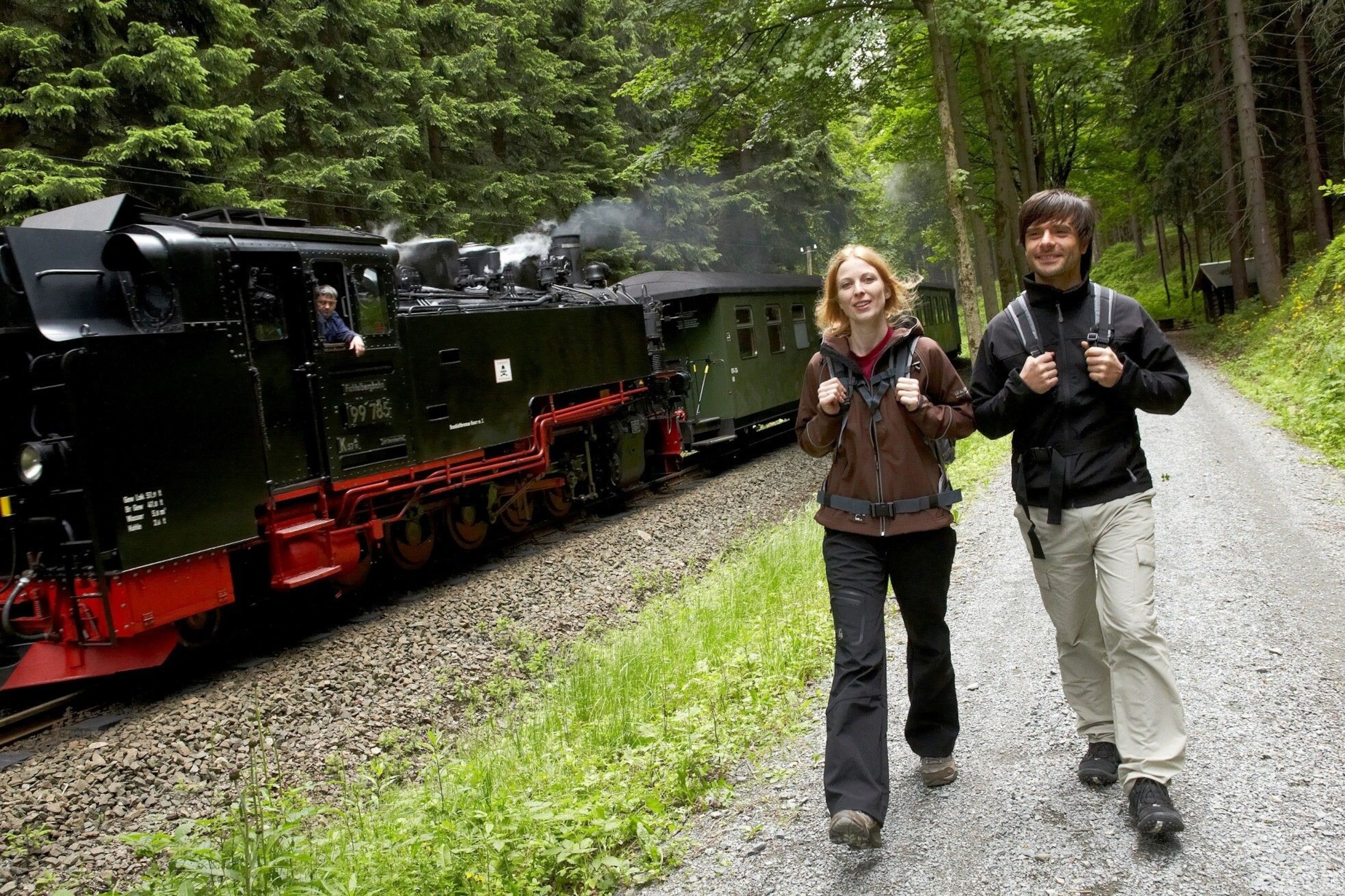
5. Black Forest National Park
Bordering France and Switzerland, the Black Forest is made up almost entirely of protected areas: a national park, two nature parks and a UNESCO Biosphere Reserve. For such a small area, its rolling landscapes alternate between pine forests, pastures, meadows and lakes, and you can experience drastic altitude changes, from 1,000-4,500ft. Feldberg is the highest point at nearly 5,000ft, and views from its peak are spectacular. In spring, the area is fringed with blossoming fruit trees. Take a natural thermal bath at a spa resort, pick up an authentic hand-carved cuckoo clock, visit an open-air farm museum, or simply immerse yourself in Black Forest culture and traditions.
Insider Tip: Taste an authentic Black Forest gateau made with local cherries and Kirsch.
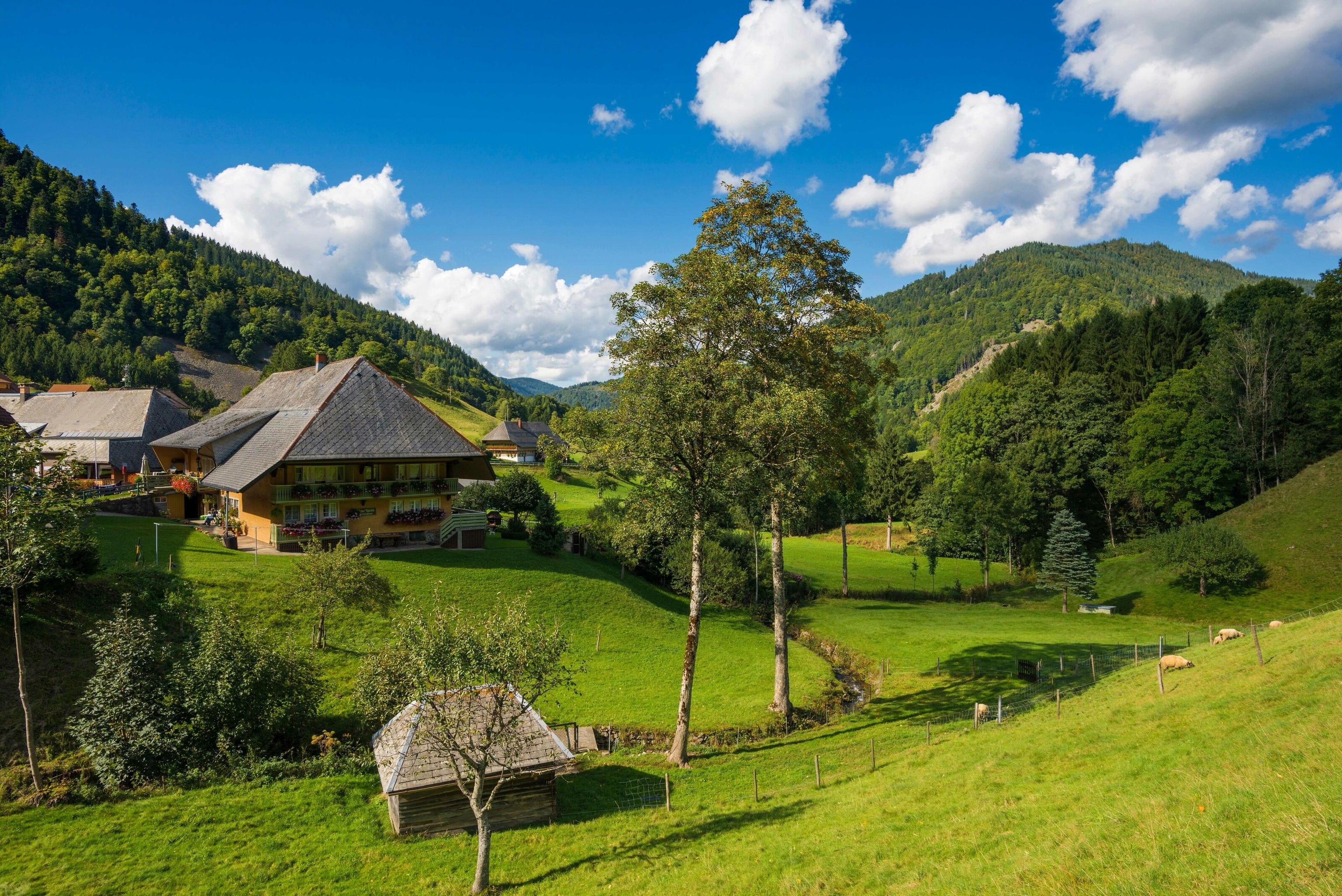
6. Saar-Hunsrück Nature Park
Close to Germany’s borders with France and Luxembourg, the Saar-Hunsrück Nature Park incorporates extensive woodlands and conservation areas, open countryside and magnificent rock formations. It stretches from the Hunsrück Mountains to the vineyards that hug the Moselle, Saar, Ruwer and Nahe rivers. The Saar-Hunsrück Trail takes in unforgettable experiences such as the Geierlay suspension bridge — Germany’s second-longest free-floating rope bridge — the vineyards and castles of the UNESCO-listed Upper Middle Rhine Valley, and the beautiful Saar river loop, where you can climb a 140ft-high observation tower to enjoy panoramic views.
Insider Tip: Try local wines and down-to-earth rural cuisine. A popular dish is marinated BBQ Pork steaks, called Hunsrücker Schwenkbraten.
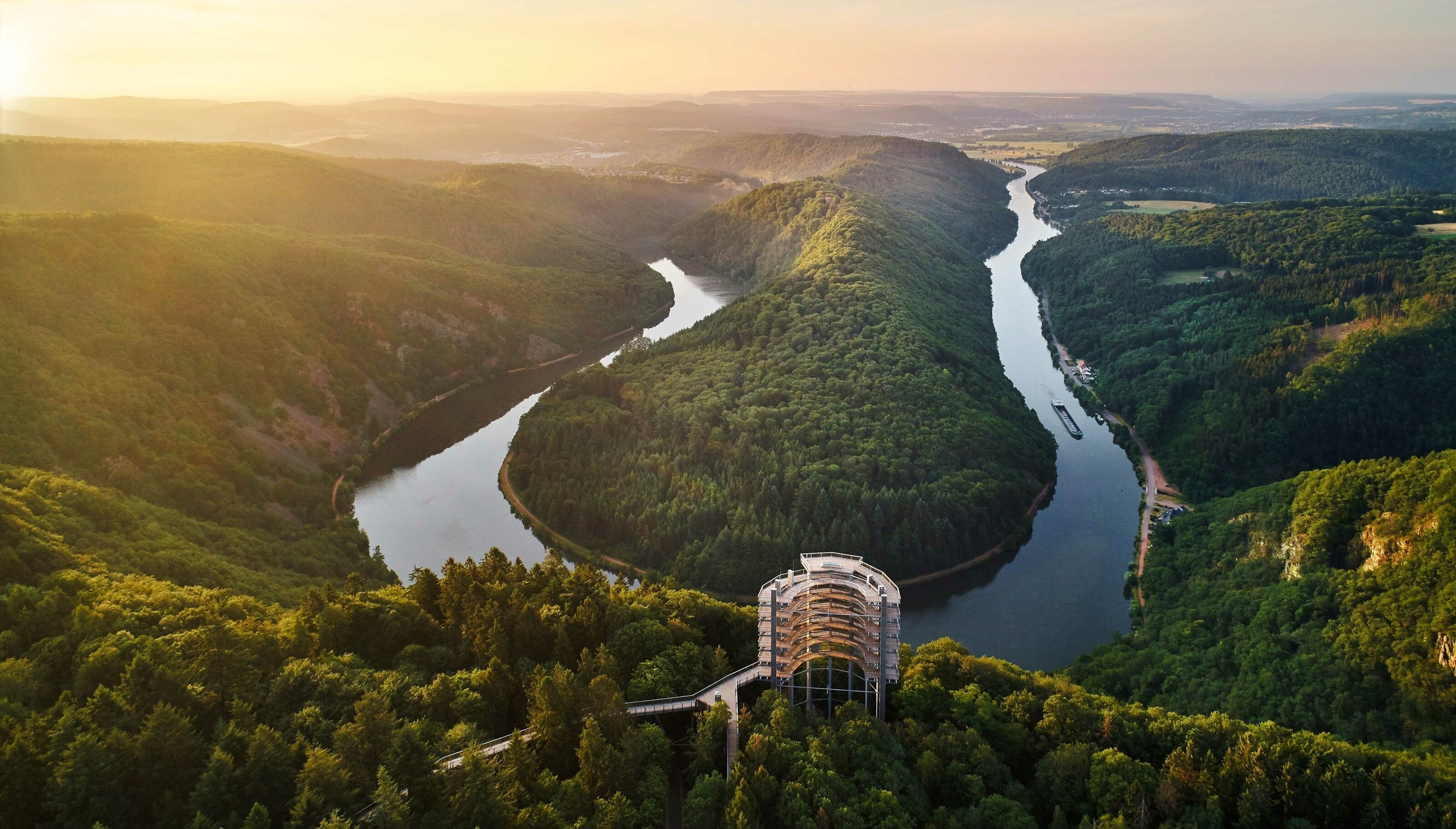
7. Lower Saxony and Schleswig-Holstein Wadden Sea National Park
The Wadden Sea UNESCO World Heritage Site is the largest unbroken tidal flats system in the world and a unique habitat for thousands of species of plants, animals and migratory birds. Guided walks take visitors through the mudflats, mussel beds and seagrass meadows, providing a fascinating insight into the natural processes of a unique ecosystem. The pristine white beaches and sand dunes of the North Sea coast and its islands are dotted with Germany’s famed striped wicker chairs; some beaches offer barrier-free access to the sea.
Insider Tip: Experience Fischbrötchen (German crusty Fish Rolls) with Matjes (doused herring), Bismarkherring (pickled herring), prawns, salmon or fish fillet.
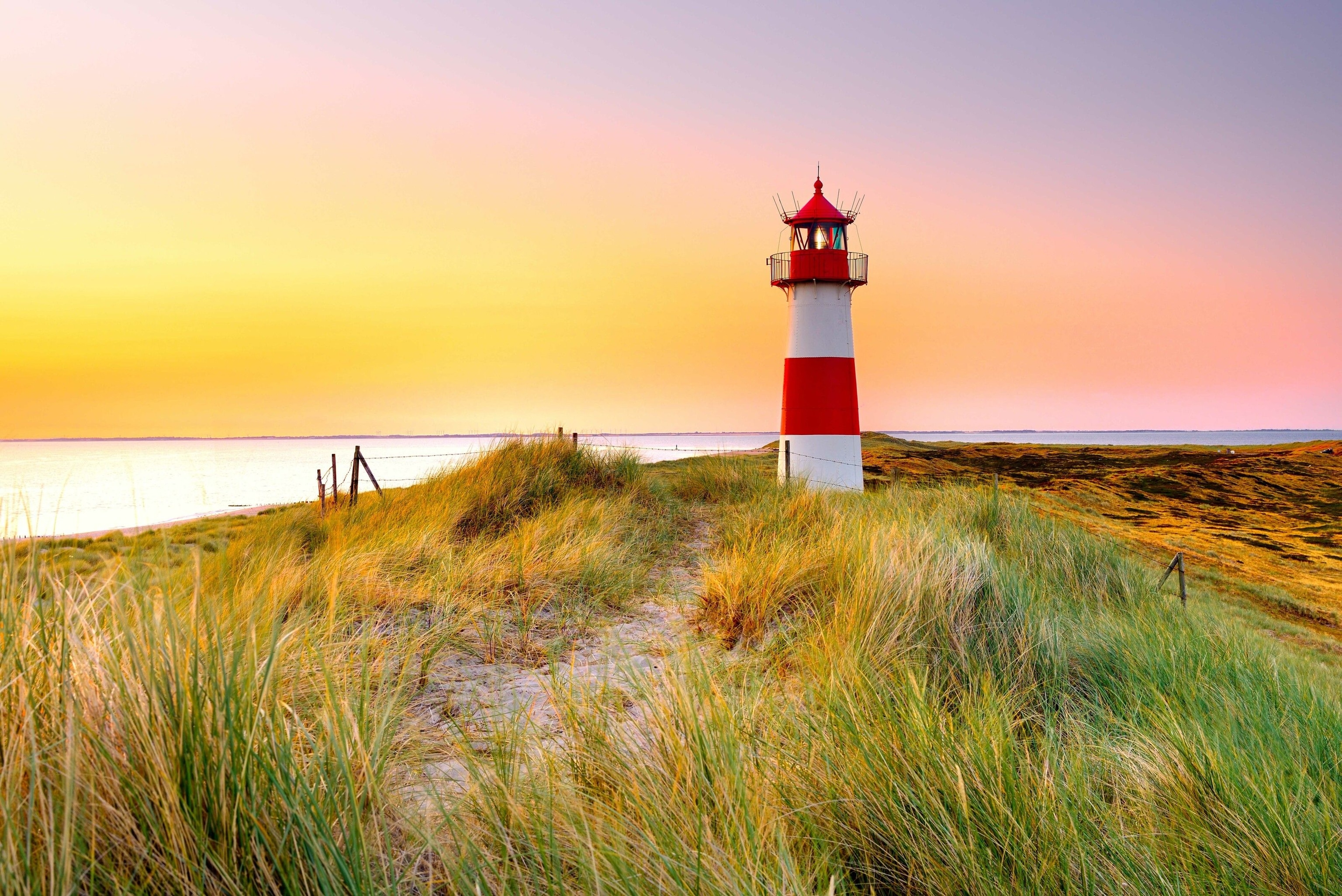
8. Lüneburg Heath
Home to blueberry and juniper bushes and, in August and September, purple heather as far as the eye can see, the Lüneburg Heath is Central Europe’s largest continuous area of heathland. There are no cars here, so visitors explore by foot (even barefoot on selected trails), by bicycle or horseback. Or you can keep an eye out for storks from a horse-drawn carriage. Most of the architecture here is medieval and the pretty nearby towns of Lüneburg and Celle are populated with hundreds of charming timber-framed buildings.
Insider Tip: Try moorland lamb for dinner. The heath gives the sheep a low fat meat and a unique gamey flavour. Walking 10 km per day has the effect that the animals hardly put on any fat.
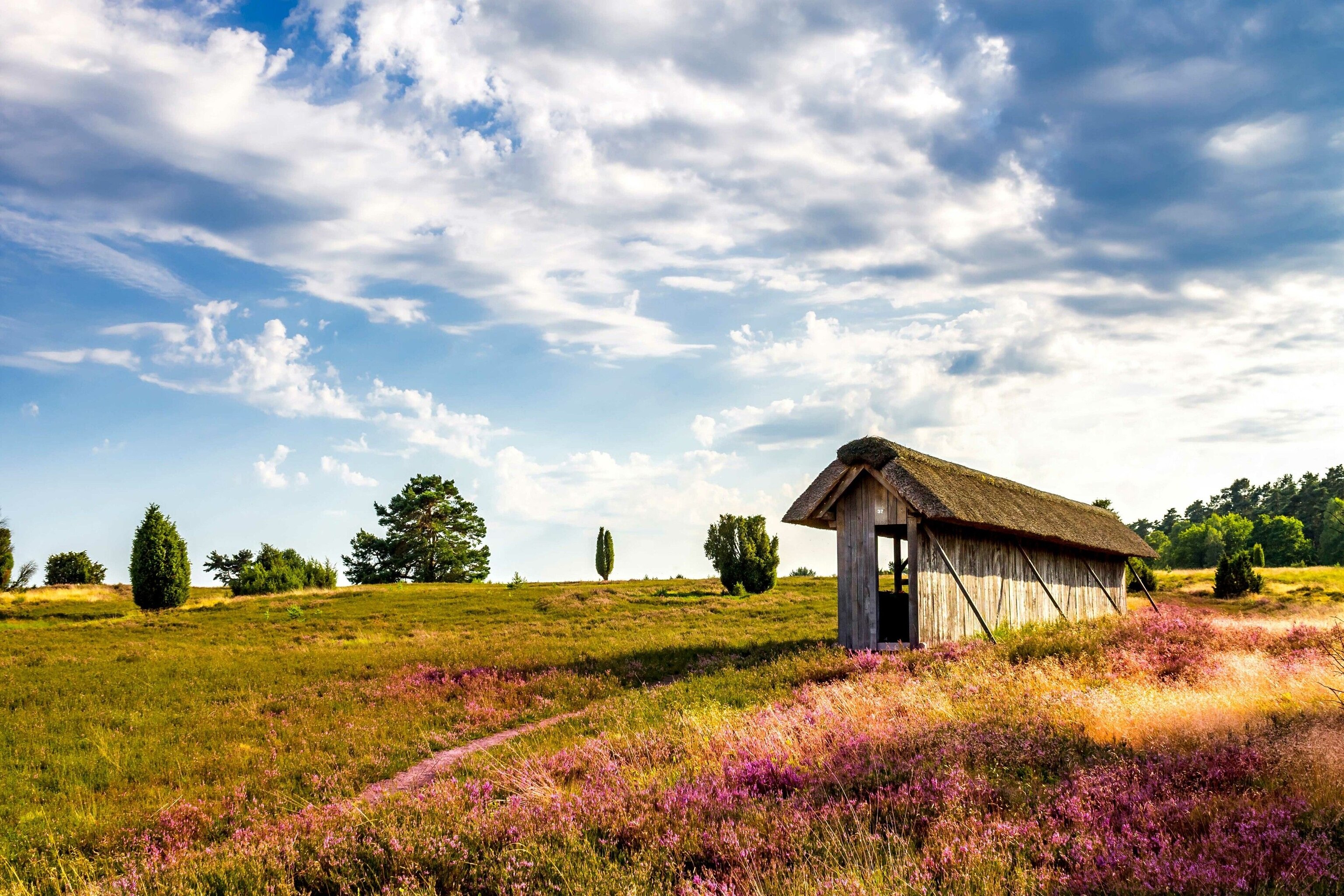
How to do it
Trains head to Germany via Brussels from London St Pancras. Tickets to Berlin are available from £87 or Munich from £62. Several airlines fly direct to German cities, including Berlin, Frankfurt and Munich. Once there, trains are fast and efficient ways to traverse the country, and they're environmentally friendly, too.
For more inspiration on how to experience Germany responsibly, go to germany.travel
Find National Geographic Traveller (UK) on social media
